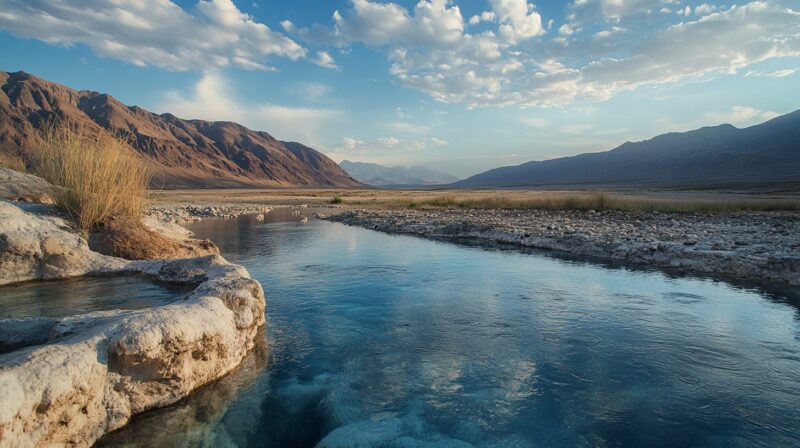Abijatta-Shalla Lakes National Park is a stunning natural reserve situated in the heart of Ethiopia’s Rift Valley. Known for its two main lakes, Abijatta and Shalla, this park offers visitors a chance to experience unique landscapes and diverse wildlife.
Abijatta-Shalla Lakes National Park provides a range of activities that cater to different interests, from wildlife observation to relaxing hot springs.
Visitors can enjoy the serene beauty of the lakes while taking part in various recreational and educational opportunities. This makes the park a must-visit destination for nature enthusiasts.
1) Bird Watching
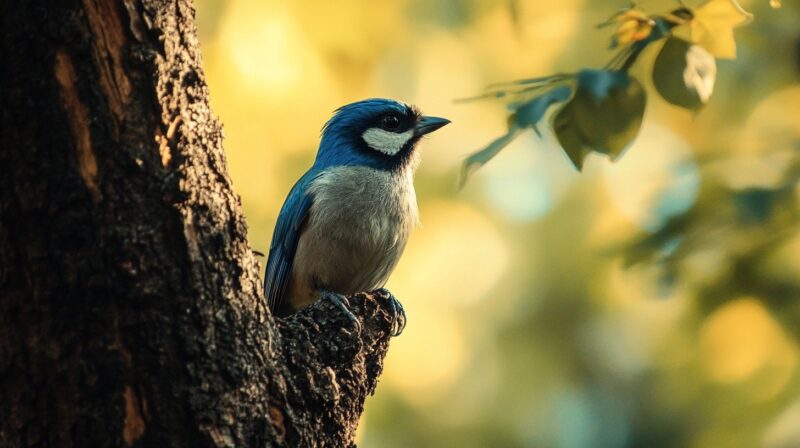
Bird watching in Abijatta-Shalla Lakes National Park is a unique experience. The park is home to over 500 bird species, making it a haven for bird enthusiasts. European waders and passerines visit from October to March.
You can spot thousands of flamingos feeding and breeding in Lake Abijatta and crater Lake Chitu. Large flocks of pelicans are often seen on Lake Shalla.
The park also hosts both Common and Somali Ostriches. Other species include the African Jacana and African Darter. The diverse bird life makes it an ideal destination for photography.
Bring your binoculars for the best viewing experience. Be prepared to walk along the shores and through hilly areas. These efforts are well worth the stunning bird sightings you’ll enjoy.
2) Boat Riding on Shalla Lake
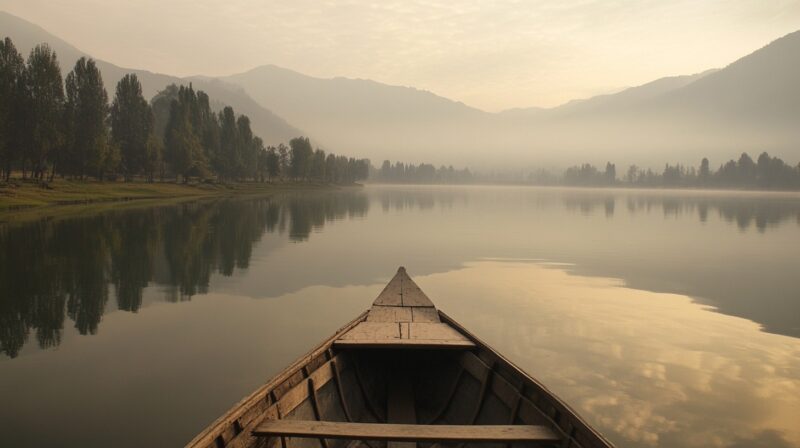
Boat riding on Shalla Lake is a must-do activity. This lake, known as Ethiopia’s deepest, offers a unique way to experience its beauty.
You can enjoy calm water and peaceful surroundings. The scenery around the lake is stunning, with views of the Rift Valley.
Birdwatching is another perk. While you ride, you might see numerous water birds. Spotting flamingos and pelicans adds excitement to your trip.
Local guides often provide boat tours. They can share interesting facts about the lake. This helps you learn more about its history and wildlife.
Safety is important. Always wear a life jacket. Follow instructions from guides to ensure a safe and enjoyable trip.
Boat riding is best done in good weather. Check weather conditions before planning your ride. This ensures a smooth and pleasant experience.
Exploring Shalla Lake by boat gives you a unique perspective. It’s different from just seeing it from the shore.
Take the opportunity to enjoy this beautiful part of Abijatta-Shalla Lakes National Park.
3) Hiking the Park Trails

Hiking in Abijatta-Shalla Lakes National Park is a fantastic way to explore the natural beauty and wildlife.
The park offers several trails that range from easy to difficult, catering to hikers of all skill levels.
You can choose paths that meander around the twin lakes, Abijatta and Shalla.
The trails provide excellent opportunities for birdwatching, especially for spotting flamingos.
As you hike through the park, you’ll have the chance to see diverse landscapes, from alkaline lakes to savannahs.
Don’t miss the trail that leads to the highest peak, Mount Fike, for stunning views over the lakes.
4) Exploring Hot Springs
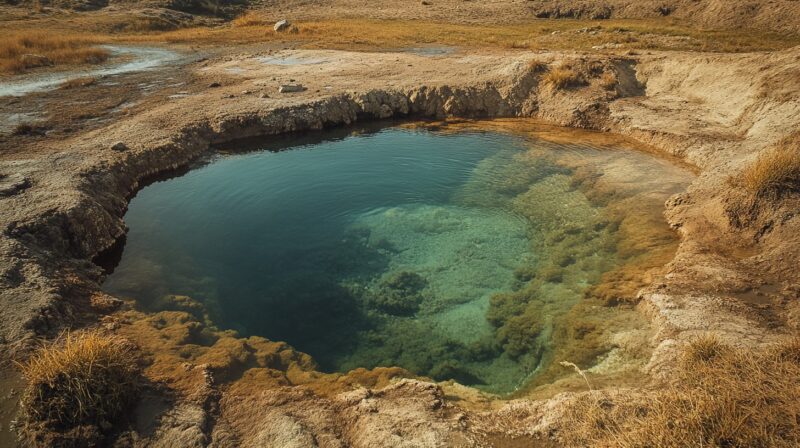
One of the must-see sights in Abijatta-Shalla Lakes National Park is the hot springs near Lake Shalla.
These natural hot springs are a popular spot for visitors looking to unwind and relax.
You can often find local people using the hot springs for bathing and even cooking.
The warm waters are soothing and provide a unique way to experience the park.
The hot springs are accessible and offer a fantastic photo opportunity.
The scenery around the hot springs adds to the experience, with steam rising against the backdrop of Ethiopia’s deepest lake.
Make sure to bring a camera. The combination of hot springs and Lake Shalla creates breathtaking views worth capturing.
5) Photographing Wildlife
Abijatta-Shalla Lakes National Park is a paradise for wildlife photographers.
The park’s diverse ecosystem hosts a wide range of animals, making it an ideal spot to capture stunning images.
You will find flamingos in large numbers at Lake Abijatta from October to February. Their vibrant pink plumage contrasts beautifully against the lake’s shallow, algae-rich waters.
Lake Shalla, the deeper and more serene of the twin lakes, is home to some unique wildlife too.
The hot springs around Lake Shalla offer a unique photographic opportunity as well. Local people often gather there for bathing and cooking, giving you a chance to capture the human connection with nature.
Make sure to bring a good zoom lens. This will help you photograph birds and other animals from a distance, without disturbing them.
The park’s variable light conditions mean you should also be prepared to adjust your camera settings frequently.
Ultimately, every corner of Abijatta-Shalla Lakes National Park offers something worth capturing. Happy shooting!
Ecology and Wildlife
Abijatta-Shalla Lakes National Park is rich in diverse ecosystems. The park includes fascinating mammals, a variety of bird species, and unique flora.
Mammals
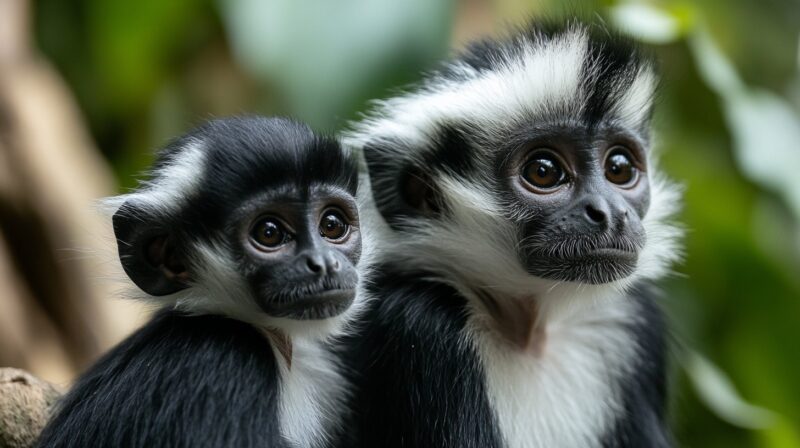
You can find several mammals in Abijatta-Shalla Lakes National Park. Among the most notable are warthogs, which you might spot foraging near the lakes.
Other mammals include:
- Grant’s Gazelle: Often seen grazing in open areas.
- Olive Baboons: Frequently observed in larger social groups.
- Colobus Monkeys: Typically found in forested areas along the lake shores.
These mammals contribute to the park’s ecological balance, interacting with the environment and other species.
Bird Species
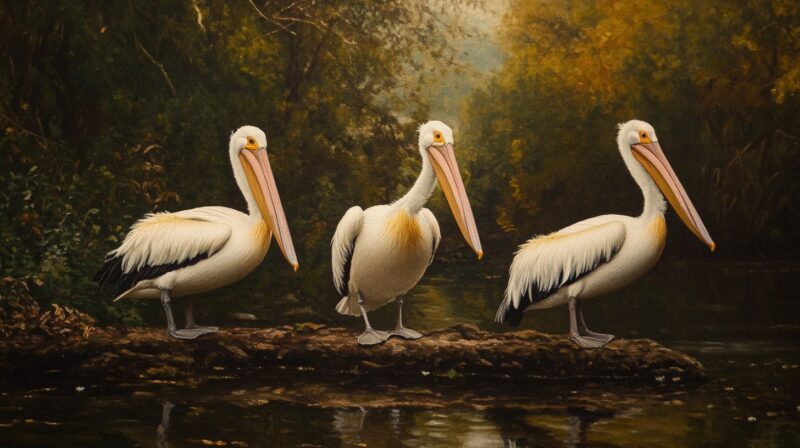
Birdwatchers will find Abijatta-Shalla Lakes National Park a paradise. The park is a key spot for both resident and migratory birds.
Flamingoes: The shallow waters of Lake Abijatta attract large flocks of flamingoes from October to February. These birds feed on the algae-rich water, creating stunning pink displays.
Other notable birds:
- Pelicans
- Marabou Storks
- African Fish Eagles
The variety of bird species makes the park an exciting destination for ornithologists and casual birdwatchers alike.
Flora
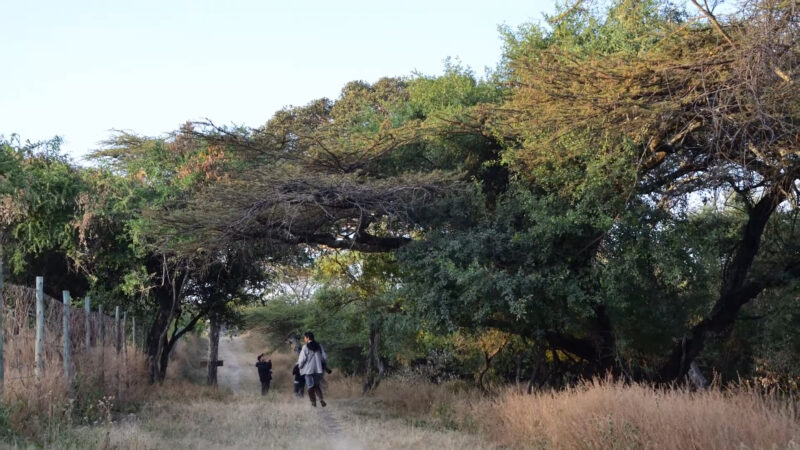
The flora in Abijatta-Shalla Lakes National Park is distinctive due to its alkaline and varied landscapes.
Vegetation Types:
- Acacia Woodlands: Common in drier areas, these woodlands provide essential cover and food for many animals.
- Grasslands: Found near the lakes, these areas support grazing mammals such as gazelles.
- Hot Springs Vegetation: Unique plant species thrive around the hot springs, benefiting from the nutrient-rich environment.
Understanding the park’s flora helps in appreciating its overall ecological diversity and the specific environments different animals inhabit.
Geological Features
Abijatta-Shalla Lakes National Park is a unique destination with striking geological features. The park is marked by its volcanic landscapes and diverse water systems.
Volcanic Landscapes
The park’s terrain includes volcanic features that shape its environment. Lake Shalla, for instance, resides in a crater formed by an extinct volcano. This lake is the deepest in Ethiopia, highlighting the park’s dynamic geological past.
Near Lake Shalla, you’ll find numerous hot springs. These are active geothermal areas where water heated by underground volcanic activity emerges. These hot springs are a highlight for many visitors.
Volcanic peaks also dot the park. The highest peak, Fike, offers panoramic views of the Rift Valley. This volcanic history creates a landscape that is as educational as it is beautiful.
Lakes and Water Systems
Abijatta-Shalla Lakes National Park is home to two major lakes: Abijatta and Shalla. Lake Abijatta is shallow, with depths reaching up to 14 meters. It’s rich in algae, which attracts large flocks of flamingos from October to February.
In contrast, Lake Shalla is much deeper, plunging down to 266 meters. The lake’s depth and isolation support various fish species and make it a vital part of the ecosystem.
Both lakes have no outlets, leading to alkaline water conditions. The chemical makeup of these waters supports unique biological communities.
The lakes cover over half of the park’s total area, emphasizing their significance. Their presence not only supports wildlife but also reflects the geologic history of the Rift Valley.
The Bottom Line
Visiting Abijatta-Shalla Lakes National Park offers unique experiences. From bird-watching to enjoying the hot springs at Lake Shalla, there’s something for everyone.
You can explore the park’s winding trails and take in the stunning viewpoints. These paths bring you close to nature, allowing you to see diverse wildlife up close.
Also Read: For an unforgettable adventure, explore a trip to Simien Mountains National Park here.

